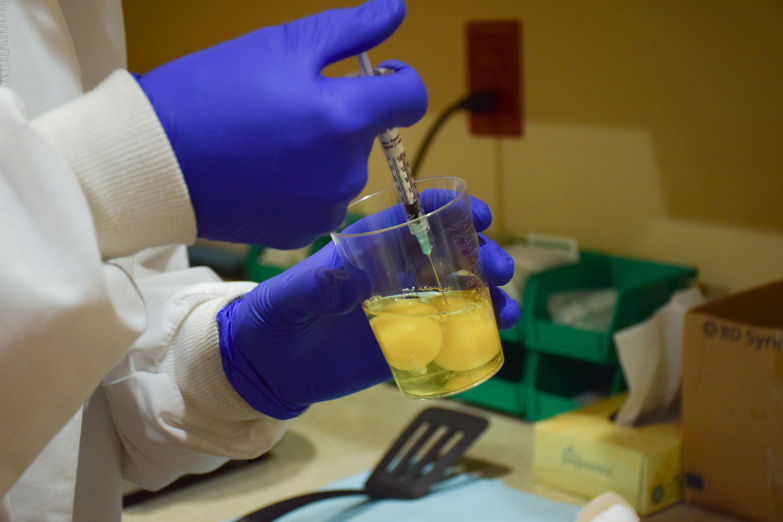Study cooks up some special eggs
Published 7:30 am Saturday, March 4, 2017

- Study cooks up some special eggs
Nuclear medicine technologist Jim Jones at Grande Ronde Hospital is not a short-order cook. But when a patient with symptoms of gastroparesis comes to his department for a gastric emptying study, Jones has been known to cook up a very special plate of scrambled eggs with an isotope.
It’s all in a day’s work for Jones, who for the past 43 years has specialized in administering various radioactive materials to patients, some inhaled, others injected or in this study for gastroparesis, consumed.
Gastroparesis is a condition that affects an estimated 1.5 million Americans. More women than men have it, and it’s often associated with diabetes. With this condition, the stomach cannot evacuate food in the normal transit time of two to four hours after eating. Consequently, to confirm or rule out gastroparesis, Jones must tag the scrambled eggs with an isotope and then track and measure the transit time of the eggs from the patient’s stomach to the small intestine.
“The isotope that I use for most procedures becomes nonradioactive quickly,” Jones said. “We use an isotope with a very short half-life, only six hours, and then it’s excreted through the body’s normal pathways.”
During those six hours, the entire outpatient procedure is completed, but it all starts with breakfast. Jones prepares it by injecting an egg yolk with a small amount of a man-made isotope called Technetium Sulfur Colloid, and then he cooks it.
“The isotope is actually chemically bound to the proteins in the egg,” Jones said. “It stays with the eggs as it’s going through (the stomach),” Jones said.
The patient comes to the study usually in the morning after fasting since midnight, and then the patient eats the eggs. Jones spends the next two hours with the patient, and he’ll see the patient again at the fourth hour for a final scan to measure the movement of the eggs out of the stomach.
“When they developed this test (decades ago), they discovered over time that there were certain normal values that would indicate normal function and abnormal function,” Jones said.
Today, those same values are used to diagnose gastroparesis. In one hour, between 37 and 90 percent of the food should remain in the stomach; in two hours, 30 to 60 percent, and in four hours, there should be less than 10 percent of the food remaining. A higher value than 10 percent of food remaining at the four-hour interval would be an indicator of gastroparesis.
See complete story in Friday’s Observer









